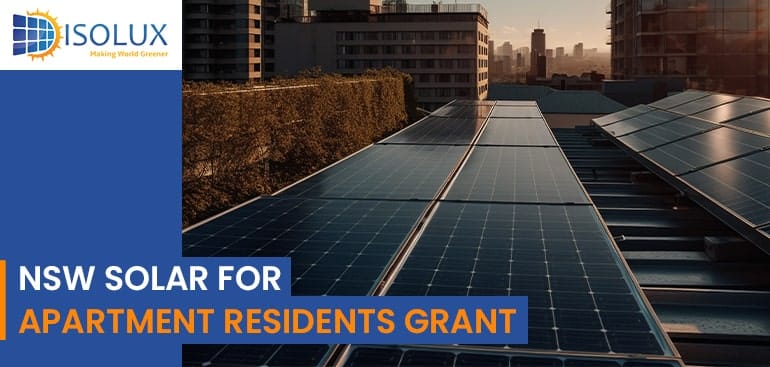The Solar Bonus Scheme in Queensland, introduced in 2008, offers a significant feed-in tariff of 44 cents per kilowatt-hour (kWh) for eligible solar system owners who export surplus electricity back to the grid. Although this scheme has been closed to new applicants since 2012, existing participants who meet the criteria continue to benefit from this generous tariff until July 1, 2028.
Is the 44c Feed-In Tariff Still Available?
The 44c Feed-In Tariff (FiT) under Queensland’s Solar Bonus Scheme remains active for eligible participants. However, it is closed to new applicants since July 2012. Customers who enrolled in the program before this cut-off and continue meeting the eligibility criteria can still benefit from this generous tariff. This scheme is set to expire on 1 July 2028.
Key Features of the Scheme
- Eligibility and Benefits:
- Participants must have a solar photovoltaic (PV) system connected to the grid.
- Households consuming less than 100 megawatt-hours (MWh) of electricity annually are eligible.
- The scheme operates on a net feed-in tariff basis, meaning participants are paid only for the electricity exported after personal consumption.
- System Ownership and Transition:
- The scheme is tied to the property rather than the individual. If you sell your home, the new owners may inherit the benefits of the 44c tariff.
- Upgrading or altering the existing solar system could disqualify you from continuing to receive the tariff.
Impact on Households
The 44c feed-in tariff provides a significant incentive for participants, effectively reducing energy bills and encouraging energy-efficient practices. This was particularly beneficial during its inception, helping Queenslanders embrace solar energy while reducing grid reliance.
Maintaining Eligibility for the 44c Feed-In Tariff
To continue receiving the 44c FiT, participants must adhere to strict eligibility requirements. These include:
- Electricity Consumption
- Consume less than 100 megawatt-hours (MWh) of electricity annually.
- Electricity Retailer Agreement
- Maintain an active account with an electricity retailer and uphold a network connection agreement.
- Property Ownership
- Remain at the same property, with no changes in the homeowner’s name or electricity account ownership.
Factors That Could Disqualify You
Participants risk losing their eligibility for the 44c FiT if they engage in any of the following:
- Property or Account Changes
- Selling or moving out of the property.
- Changing the name on the electricity account or adding another name to it.
- System Modifications
- Increasing inverter capacity.
- Adding extra solar panels or other forms of energy generation.
- Billing Issues
- Closing the electricity account.
- Getting disconnected due to unpaid bills.
- Alternative Energy Sources
- Adding energy storage or alternative generation methods, like batteries, without approval.
The government’s stringent criteria aim to maintain the program’s integrity, though some critics argue these rules are designed to phase out participants.
Future Considerations
As the program nears its 2028 expiration, participants may want to explore:
- Switching to newer solar systems for better efficiency.
- Evaluating retail energy providers for competitive feed-in tariff rates, as most now offer lower rates, typically between 6-10 cents per kWh.
Challenges and Limitations
While the 44c tariff is a financial boon, the scheme excludes off-grid systems and limits participants from significant system upgrades. Additionally, the broader solar market has evolved, with current feed-in tariffs reflecting reduced solar installation costs and a more competitive energy landscape.
Conclusion
The Solar Bonus Scheme’s 44c Feed-In Tariff continues to benefit thousands of Queenslanders, making renewable energy adoption a rewarding experience. For existing participants, careful adherence to eligibility rules is essential to retain benefits until 2028. For new solar adopters, alternative FiTs are available through retailers, albeit at lower rates.
Also read:




